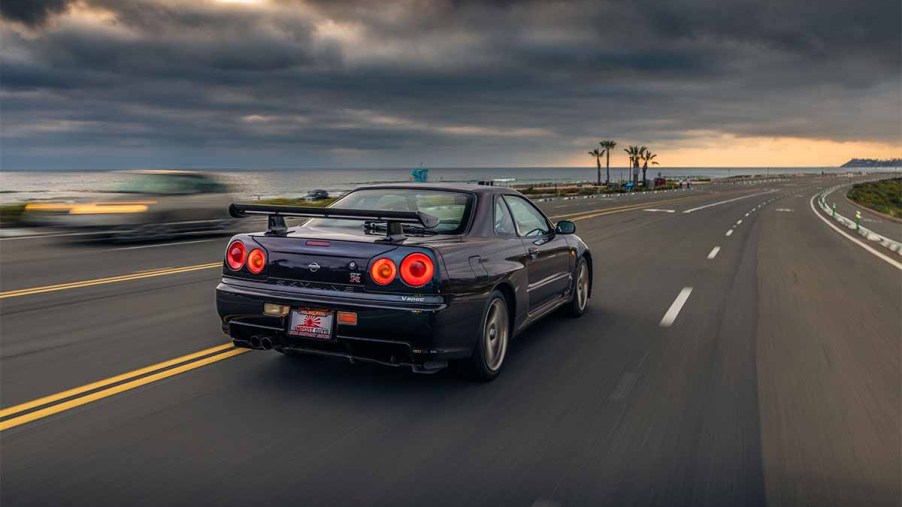
What’s the Difference Between Brake Lights and Tail Lights?
Two of the most common terms in the automotive world are “brake lights” and “tail lights.” Those unfamiliar with car maintenance often use these terms interchangeably, leading to confusion. However, brake lights and tail lights are not the same things, but different parts with unique functions and importance in vehicle safety.
What are brake lights?
Brake lights, also known as stop lamps, are the bright red lights at the rear of a vehicle that illuminate when the driver applies the brakes. They are a critical safety feature and are usually much brighter than the tail lights.
When a driver steps on the brake pedal, an electrical circuit is completed, which turns on the brake lights. This instant illumination warns drivers behind that the car is slowing down or coming to a stop, helping to prevent rear-end collisions.
Brake lights are usually incorporated into the same unit as the tail lights but are distinctly separate in terms of function. They are designed to be bright and attention-catching to instantly alert following drivers about a change in the vehicle’s speed.
So, what are tail lights?
On the other hand, tail lights are the red lights at the rear that turn on whenever the vehicle’s headlights or parking lights are switched on. These lights provide a constant, gentle illumination that makes the car visible from behind in low-light conditions or at night. Tail lights help other drivers gauge the size, shape, and orientation of your vehicle, which is crucial in maintaining safe driving distances.
Unlike brake lights, tail lights are not designed to change in intensity. Instead, they provide a steady, less bright light that allows the vehicle to be seen without dazzling other drivers.
Some modern vehicles may incorporate additional features in their tail lights, such as fog lights and reversing lights. Still, the primary function remains the same: to make the vehicle visible in the dark.
There may be some confusion using the terms interchangeably
To make matters slightly more confusing, in the UK and other countries using British English, “brake lights” are often referred to as “stop lamps,” while “tail lights” are known as “rear lights.” This distinction in terminology might lead to further confusion among those not well-versed in the differences between American and British English automotive terms.
Understanding the crucial distinction: brake lights vs. tail lights
While brake lights and tail lights are both located at the rear of a vehicle and usually share the same red color, their functions, and operation are different. Brake lights are bright, attention-grabbing signals that illuminate when the vehicle is slowing or stopping. Tail lights provide a constant, dimmer light that makes the vehicle visible in the dark or low-light conditions.
Understanding these differences is essential for both vehicle maintenance and safety. Ensuring that both your brake lights and tail lights are functioning correctly is not only a legal requirement but a crucial aspect of safe driving, protecting both you and others on the road.



